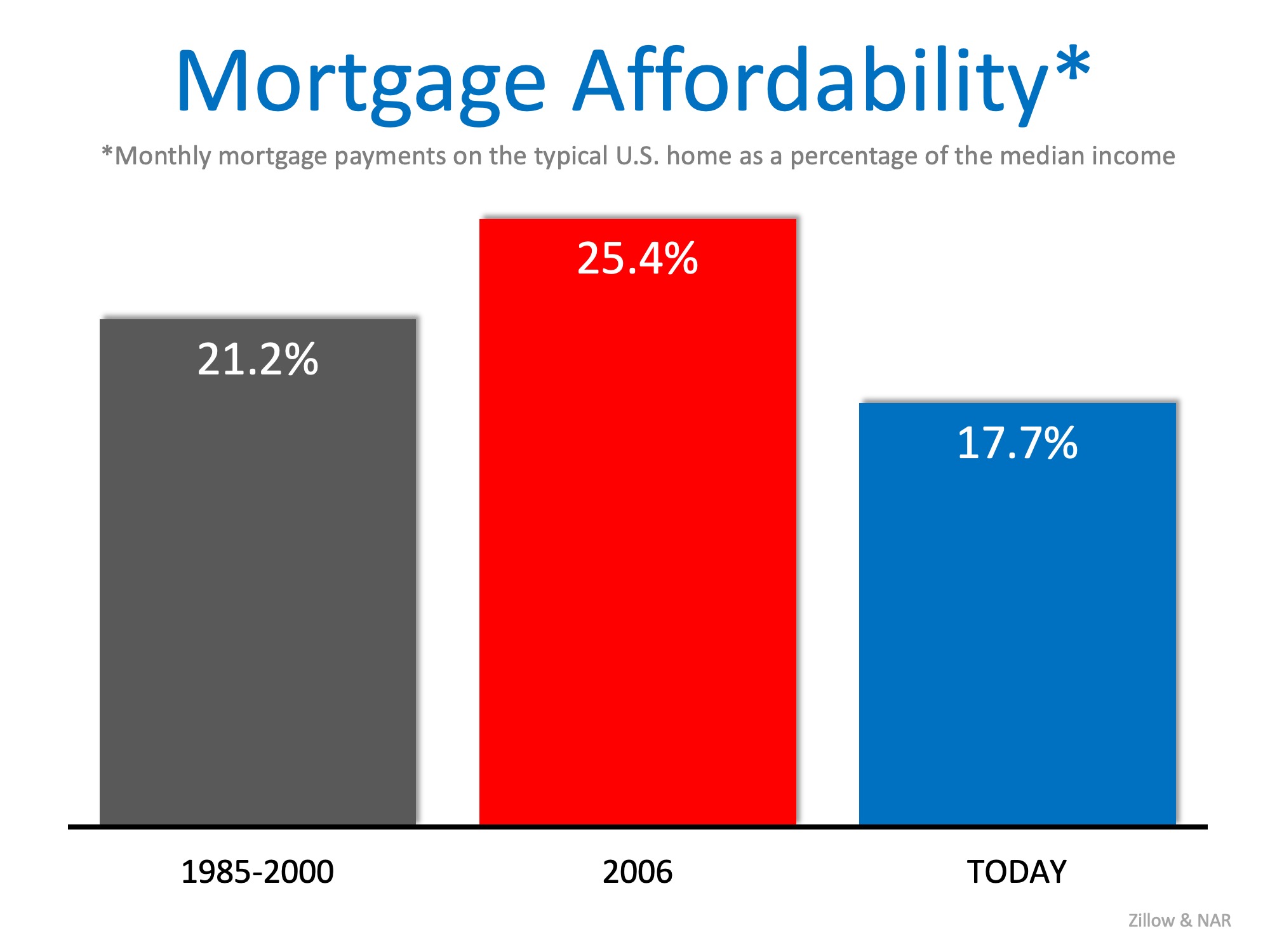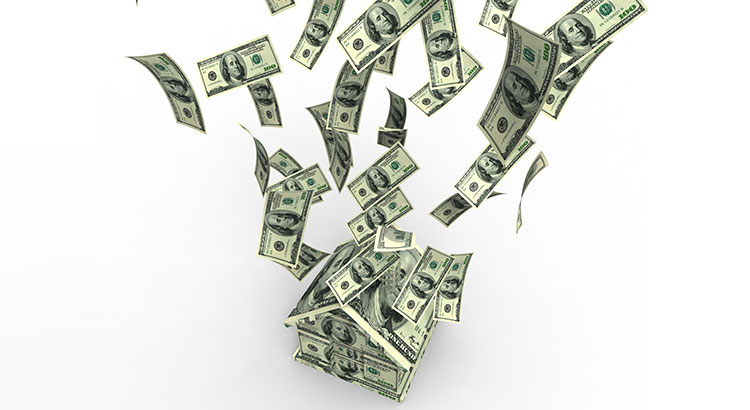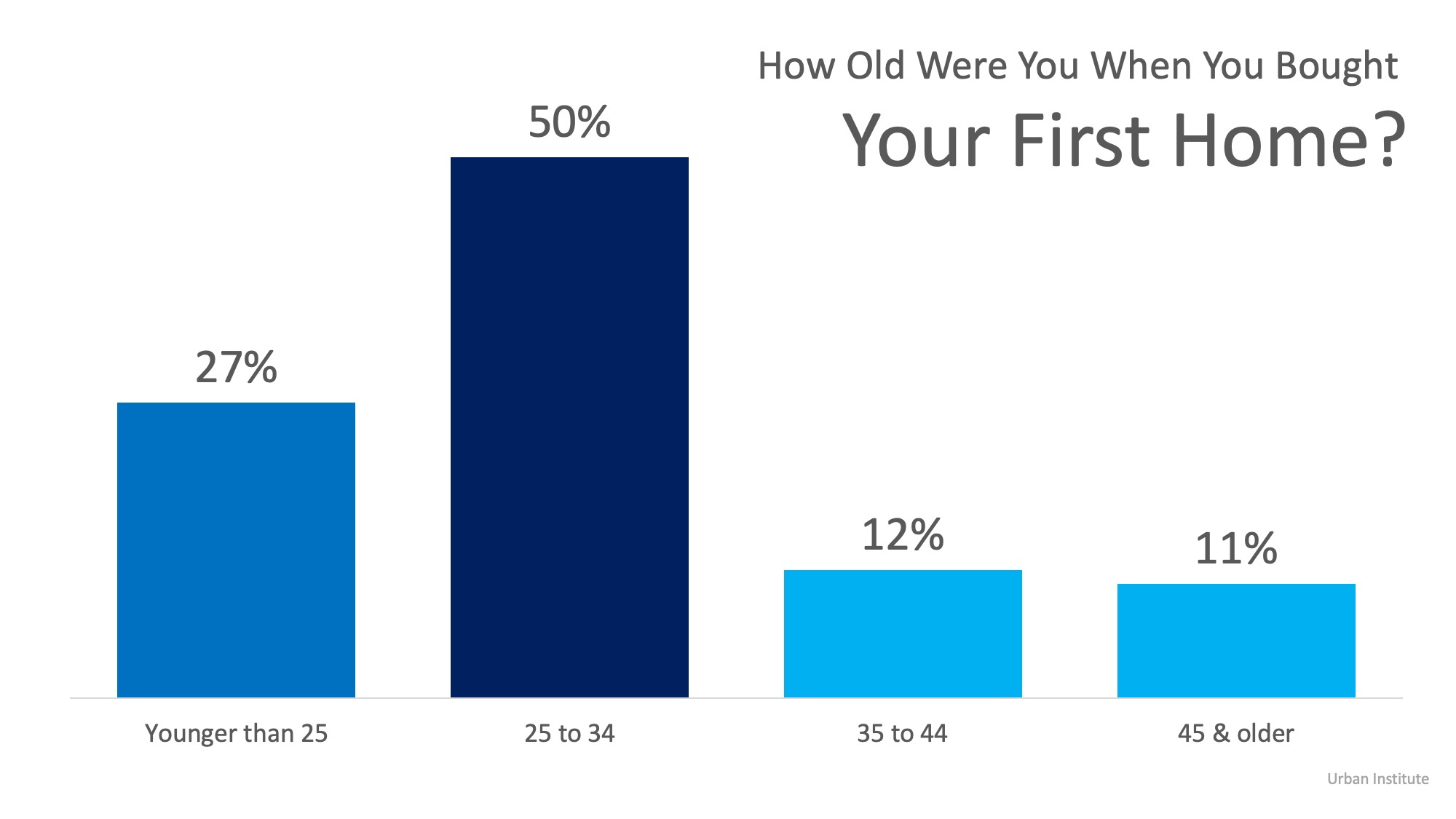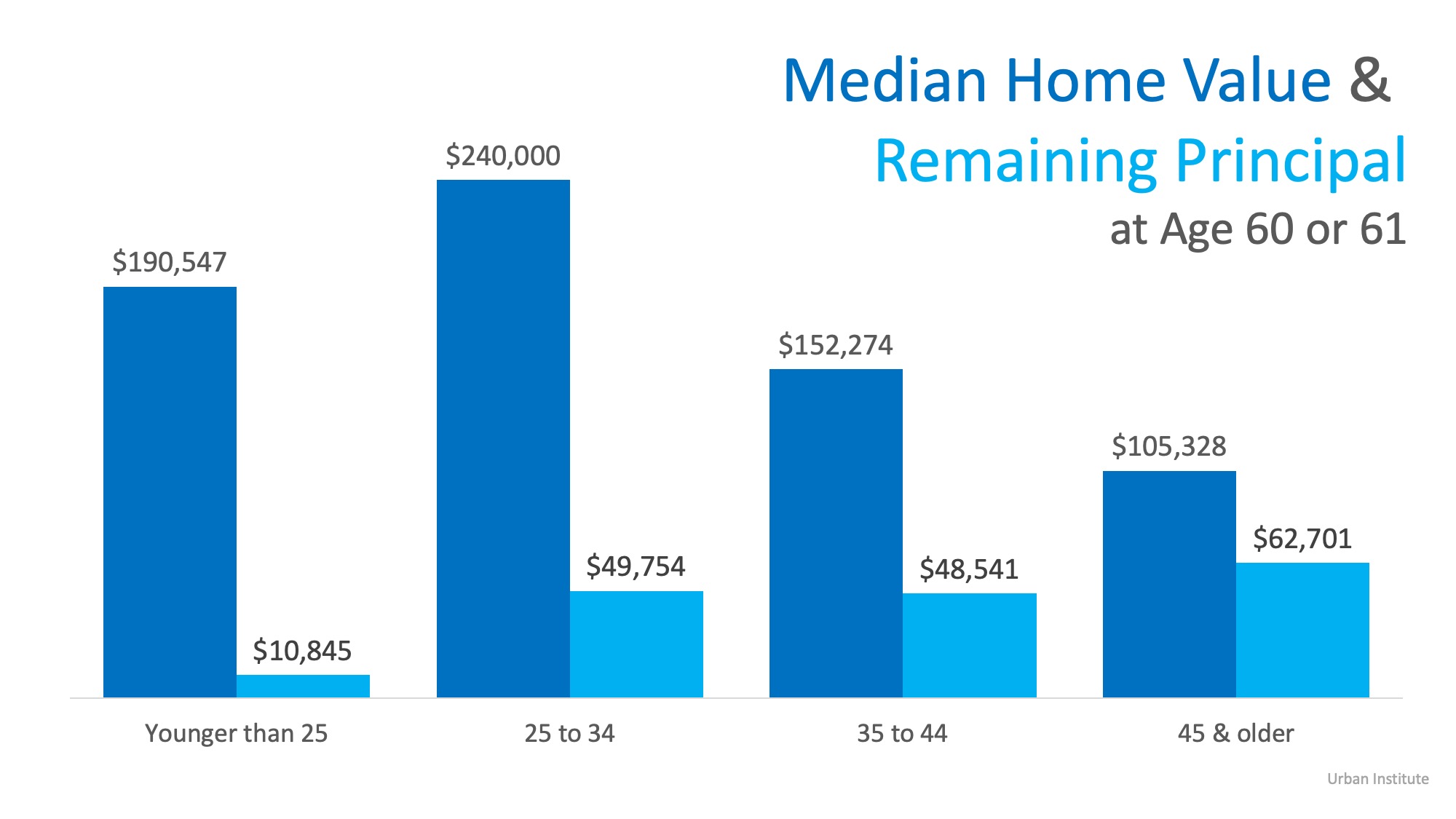When you put your home up for sale, one of the best ways to determine the asking price is to look at comparable sales. There’s rarely a perfect apples-to-apples comparison, so a pricing decision often relies on comparisons to several recent sales in the area. Here are five criteria to look for in a sales comparison.

- Location: Homes in the same neighborhood typically follow the same market trends. Comparing your home to another in the same neighborhood is a good start, but comparing it to homes on the same street or block is even better.
- Date of sale: It varies by location, but housing markets can see a ton of fluctuation in a short time period. It‘s best to use the most recent sales data available.
- Home build: Look for homes with similar architectural styles, numbers of bathrooms and bedrooms, square footage, and other basics.
- Features and upgrades: Remodeled bathrooms and kitchens can raise a home’s price, and so can less flashy upgrades like a new roof or HVAC system. Be sure to look for similar bells and whistles.
- Sale types: Homes that are sold as short sales or foreclosures are often in distress or sold at a lower price than they’d receive from a more typical sale. These homes are not as useful for comparisons.


![Think You Should For Sale By Owner? Think Again! [INFOGRAPHIC] | MyKCM](https://files.mykcm.com/2019/01/24092338/20190125-FSBO-MEM-ENG-1046x1354.jpg)









